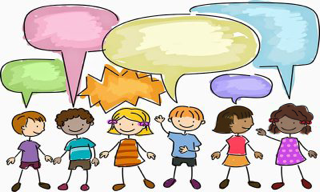Language development is universal across human cultures, but languages differ in all aspects of their structure. Thus, language is the ideal medium to study the interaction of nature and nurture in humans.
Those aspects of language that develop similarly across widely different languages reveal universal (possibly innate?) properties of children and language. Those aspects of language that develop differently across languages show how the child changes/adjusts based on environmental influences. This gives us clues to how the environment influences the child.
Most research comparing language development across languages has looked at what children say. However, parents and caregivers usually believe that toddlers understand more than they can say. Thus, we use comprehension methods that allow us to tap into understanding with little inconvenience to the child or the parent.
Funded by the National Institutes of Health–Child Health and Human Development
